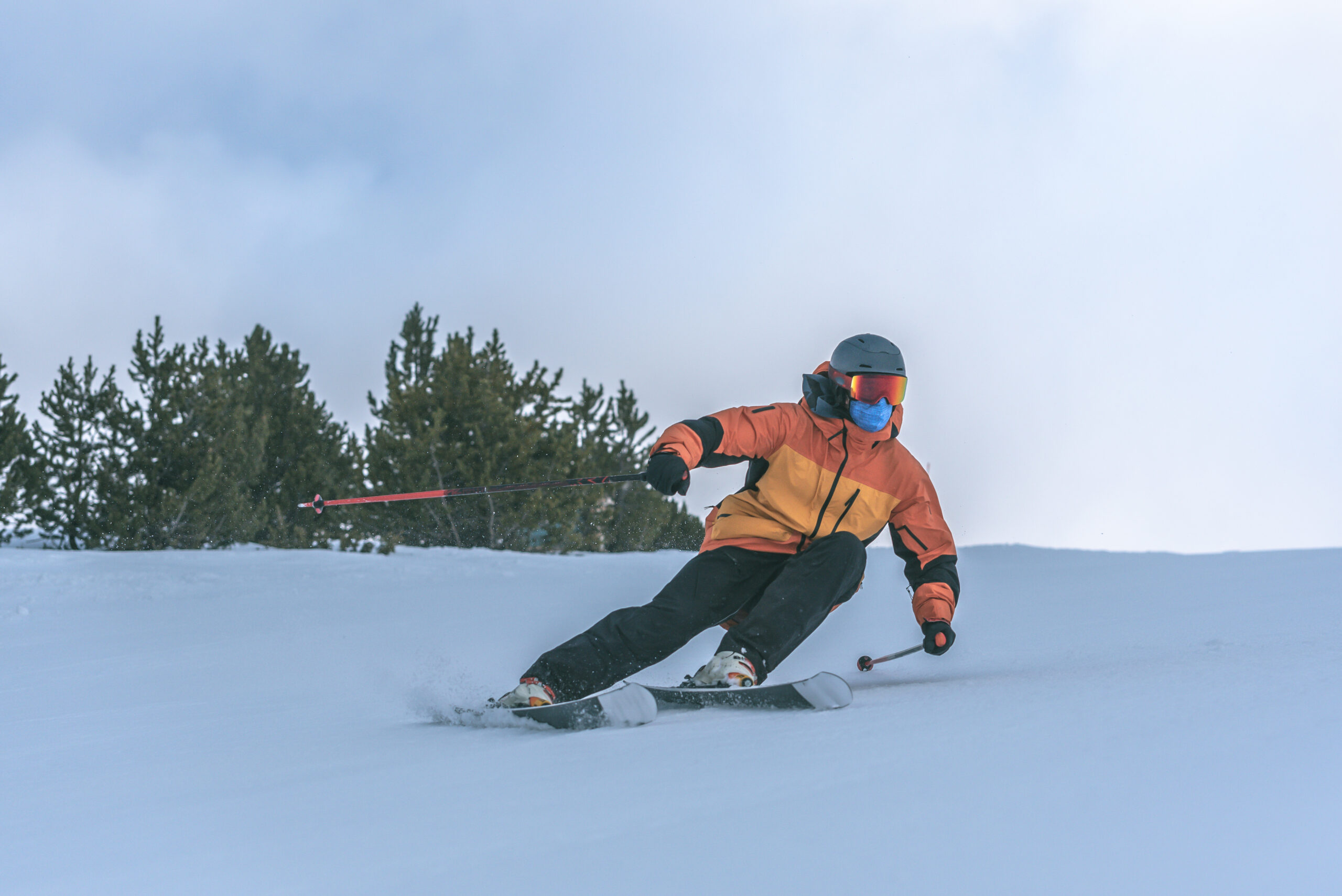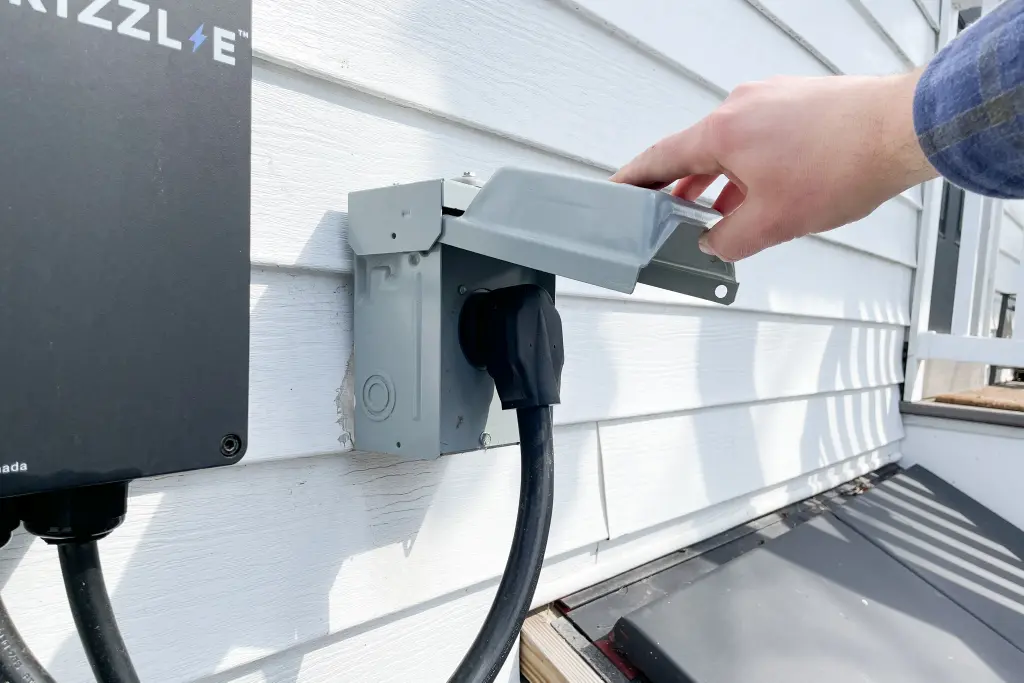Understanding Powder Coating
Powder coating is a type of coating that’s applied to a surface, melted, and solidified into an even layer. This finishing technique may be used on a wide range of materials including metals, polymers, glass, and medium-density fibreboard (MDF), and it can provide both functional and cosmetic surface coatings in a variety of colours.
Powder coating is usually done using two methods: electrostatic spray deposition (ESD) and fluidized bed application. Either method can give an even, hard finish that is typically more durable, cost-effective, and environmentally friendly than a liquid coating. Powder coatings, on the other hand, do have some advantages over liquid coatings.
The criteria and requirements imposed by a powder coat—such as application environment, substrate materials, size, pricing, turnaround time, etc. —help determine the most suitable coating process.
This article focuses on powder coating, discussing the fundamentals and necessary components and mechanics of powder coating technology. The process’s advantages and drawbacks are also discussed, as well as some of the factor’s manufacturers must consider when selecting a coating service provider.
The Powder Coating Process
Powder coating is a multi-step surface finishing procedure that may be used on metal and non-metal materials. The process includes preparation, application, and curing stage, as well as a spray gun, spray booth, and curing oven if necessary.
Overview of Powder Coat Process and Equipment
The dry finishing process of powder coating, in contrast to the liquid coating method, uses powdered coating material. The powder is applied to a substrate’s pre-treated surface and melted before being dried and hardened into a protective/decorative covering. There are three phases: surface preparation, coating application, and heat curing.
Preparation Stage
Before the application of powder coating material, the substrate’s surface must be cleaned and treated to ensure that any dust, dirt, or debris is removed. Any remaining residues and deposits might influence the powder’s adhesion and result in quality if a surface isn’t properly prepared.
The material to be coated is the most important aspect when it comes to a complete preparation treatment. Some of the actions that are generally taken during this stage include cleaning, rinsing, etching, blasting, and drying, with wash stations, blast rooms, and dry-off ovens being the most widely used equipment.
A dip tank or a wash station can be used to remove dirt, oil, grease, solvent, and residue from a component’s surface. Wash stations are capable of spraying parts with hot water, steam, detergent, and other pre-treatment solutions to clean, chemically prepare, and rinse the surface before coating.
If a component’s design necessitates particular surfaces to be uncoated, masking materials (e.g., masking dots) are applied to the substrate before the application stage. These include items such as standard and custom shapes and forms of paper or plastic film that have been coated with a pressure-sensitive adhesive so they can stick to the surface
Application Stage
As discussed in the next section, there are two types of powder coating materials that can be applied: the type of coating material being used in a coating application, in part, determines the application method. There are two main methods employed by manufacturers and finishing service providers: electrostatic deposition (ESD) and fluidized bed powder coating.
ESD (electrostatic deposition): The coating material is sprayed on using an electrostatic spray gun for most metal parts. A powder feeder, electrostatic spray gun, power unit, and other equipment are used in this application technique.
A spray booth is a type of room where powder material may be sprayed over a part. It can also function as an air filter and powder overspray containment and recovery system, as well as a workplace for applying powder material to a component.
Electrostatic guns come in three forms: Corona, Tribo, and Bell. The charged particles can adhere to the part’s grounded surface and remain adhered if they retain some of their charges. Any overspray material may be recovered by the recovery and retrieval systems and reused in future coatings applications.
Curing Stage
The drying process of powder coating, as well as the type of powder coating material used, have a significant influence on the specificities and characteristics of the curing stage.
The powder-coated component can be put together, packed, and sent after it’s cool enough to handle.
At Tomburn, they provide a diverse range of technically outstanding powder coating products for aluminium (BS 6496), galvanised steel (BS 6497), mild steel and various other substrates, specialising in the application of thermosetting polyester, epoxy and epoxy-polyester powder coatings. Make sure you check them out.








